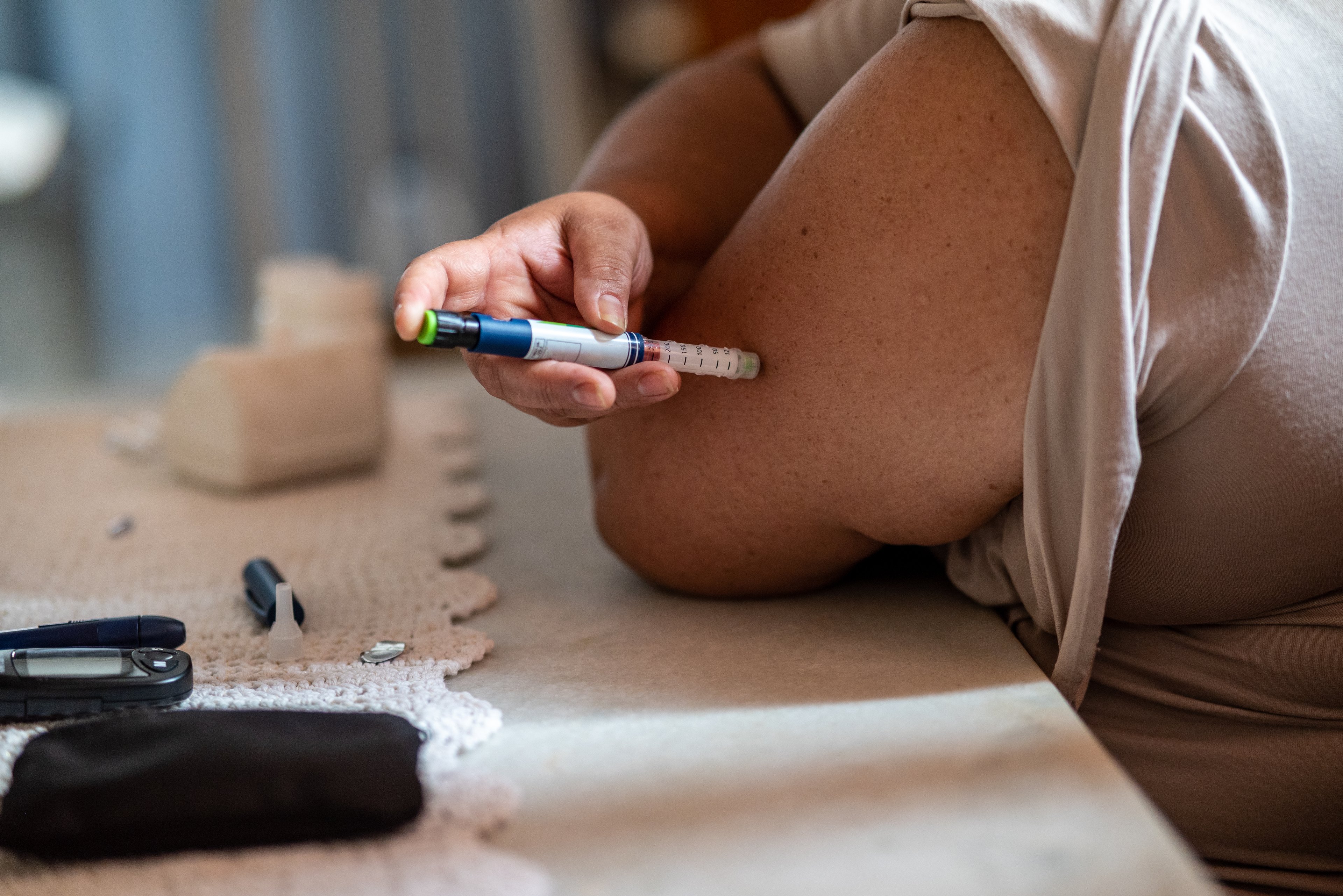There wasn't anything in Novo Nordisk's (NVO 4.89%) second-quarter results to get too excited about, and it appears the company will continue to face pricing pressure for its diabetes drugs from payers next year as well.
Novo Nordisk results: The raw numbers
|
Metric |
Q2 2018 |
Q2 2017 |
Year-Over-Year Change |
|---|---|---|---|
|
Revenue |
27.4 billion DKK |
28.6 billion DKK |
(4%) |
|
Income from operations |
12.2 billion DKK |
13.4 billion DKK |
(9%) |
|
Earnings per share |
4.26 DKK |
4.01 DKK |
6% |
Data source: Novo Nordisk. DKK = Danish Kroner; $1 = 6.57 DKK (as of Aug. 14, 2018).
What happened with Novo Nordisk this quarter?
- Year-over-year revenue was affected by the lower currency rates for the Danish kroner. In local currencies, sales were up 2% in the second quarter; still nothing to be too excited about.
- Sales of top-selling GLP-1 diabetes drug Victoza helped the growth with a 6% year-over-year increase in local currencies, driven by international sales, which were up 14%. Sales of Saxenda, which is the same drug sold as an obesity treatment, were up 40%, although at 833 million DKK ($126.8 million), the sales don't move the revenue needle as much as Victoza's 5.7 billion DKK.
- The launch of Ozempic, the follow-on to Victoza that only has to be dosed once a week, is going well, with the drug capturing 14% of patients starting a new GLP-1 therapy.
- Total insulin sales were flat year over year, with sales of fast-acting insulins growing 4% year over year while long-acting insulins declined 4%.
- Sales of NovoSeven shrank 11% year over year, due to increasing competition from newer hemophilia drugs.
- EPS grew even as operating income shrank because of lower taxes and changes in financial items, as well as a slightly smaller share count.
- On the pipeline front, Novo Nordisk continues to make progress with the oral version of Ozempic, releasing positive data from 5 of the 10 clinical trials testing the drug in different combinations with other diabetes drugs.

Image source: Getty Images.
What management had to say
Novo Nordisk is still negotiating with pharmacy benefit managers and managed care organizations for the lists of what they'll cover in 2019, but CEO Lars Jorgensen gave investors some color on what to expect:
Subject to the final outcome of these negotiations, average prices after rebates are expected to be lower compared to the levels in 2018, predominantly due to the basal insulin pricing and changed Medicare Part D coverage-gap legislation. Market access for our key products is anticipated to remain broadly unchanged compared to 2018. However, at this stage, there's still a level of uncertainty pertaining to the formularies yet to be finalized and announced.
Looking forward
Management is sticking with its 2018 guidance of sales growth in the 3% to 5% range when measured in local currencies; as reported in DKK, it'll be about 5 percentage points lower. Likewise, management reiterated its guidance for operating profit to rise 2% to 5% when measured in local currencies, with the DKK reported number being about 7 percentage points lower.
With pricing pressure in a competitive insulin market, Novo Nordisk needs to find growth elsewhere. The launch of Ozempic should help over the next few years, but the oral version is the key to long-term success because it won't have any direct competition. Data from the last five trials of the oral medication are expected in the second half of the year. Of the five, Pioneer 6 is likely to be most important because it has cardiovascular-outcomes data that could show the drug is not only helping lower glucose levels, but also that the blood test translates into diabetes patients having fewer heart attacks and strokes.






